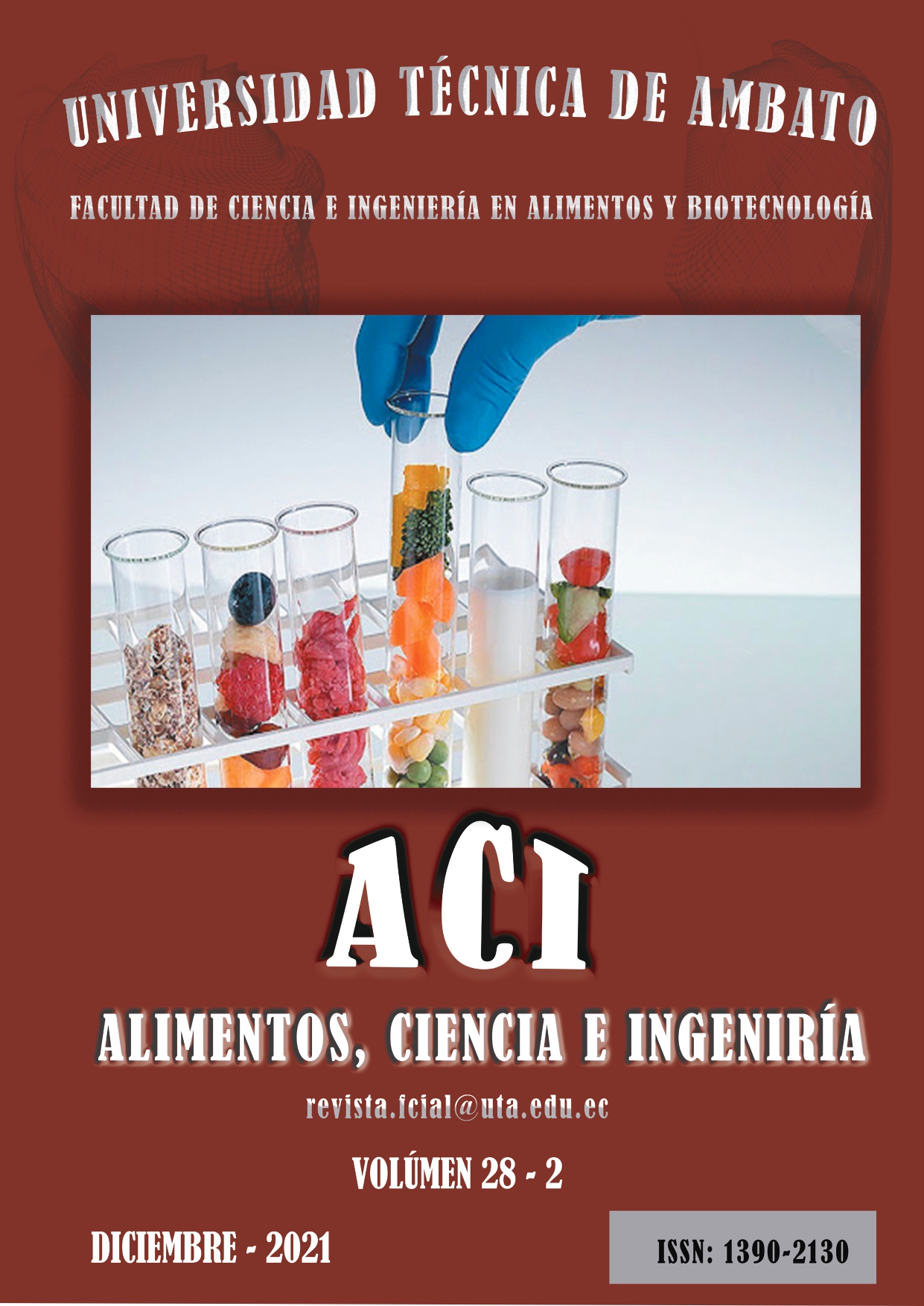Efecto de la temperatura en la cristalización de películas de perovskita-ch3 nh3 pbi3 -xclx
Contenido principal del artículo
Resumen
In the present manuscript, the effect of temperature on crystallisation of perovskite thin films (CH3NH3PbI3-xClx) was analysed (perovskite films are utilized to produce perovskite-based solar cells that appear to be devices with lower production costs and higher efficiency than silicon-based solar cells). To synthesise the perovskite films, four samples with precursor solution were spin coated for 45 s at 2000 rpm. After that, the samples were annealed at three different temperatures. Likewise, samples were characterised by UV/Vis Spectroscopy, Emission Spectroscopy, Fluorescence Microscopy, and ImageJ software were used to analyse crystal size. It was found that the sample annealed at 80 oC presented the highest fluorescence emission with 49539.09 CPS and the best particle size distribution. Band Gap Energy (Eg) was also calculated resulting in 1.60 ± 0.01 eV (An ideal solar cell has a band gap of 1.4 eV to absorb the maximum number of photons from the solar radiation).
Descargas
Detalles del artículo

Esta obra está bajo una licencia internacional Creative Commons Atribución-NoComercial 4.0.
Aquellos autores/as que tengan publicaciones con esta revista, aceptan los términos siguientes:
a. Los autores/as conservarán sus derechos de copiar y redistribuir el material, bajo los términos estipulados en la Licencia de reconocimiento, no comercial que permite a terceros compartir la obra bajo las siguientes condiciones:
Atribución: debe dar el crédito apropiado, proporcionar un enlace a la licencia e indicar si se realizaron cambios. Puede hacerlo de cualquier manera razonable, pero no de ninguna manera que sugiera que el licenciante lo respalda a usted o su uso.
No comercial: no puede utilizar el material con fines comerciales.
Sin restricciones adicionales: no puede aplicar términos legales ni medidas tecnológicas que restrinjan legalmente a otros hacer cualquier cosa que la licencia permita.
Citas
Lewis, N. S. (2007). Toward cost-effective solar energy use. science, 315(5813), 798-801.
Ponseca Jr, C. S., Tian, Y., Sundström, V., & Scheblykin, I. G. (2016). Excited state and charge-carrier dynamics in perovskite solar cell materials. Nanotechnology, 27(8), 082001.
Yang, L., Barrows, A. T., Lidzey, D. G., & Wang, T. (2016). Recent progress and challenges of organometal halide perovskite solar cells. Reports on Progress in Physics, 79(2), 026501.
Kojima, A., Teshima, K., Shirai, Y., & Miyasaka, T. (2009). Organometal halide perovskites as visible-light sensitizers
for photovoltaic cells. Journal of the American Chemical Society, 131(17), 6050-6051.Nicole R. Title of paper with only first word capitalized. J Name Stand Abbrev. In press.
Liu, J., Lin, J., Xue, Q., Ye, Q., He , X., Ouyang, L., & Lau, W. M. (2016). Growth and evolution of solution-processed
CH 3 NH 3 PbI 3-x Cl x layer for highly efficient planar-heterojunction perovskite solar cells. Journal of Power Sources, 301, 242-250.Young M. Technical Writer’s Handbook. Mill Valley, CA: University Science;1989.
Huang, J., Wang, M., Ding, L., Deng, J., & Yao, X. (2015). Efficiency enhancement of the MAPbI3? xClx-based perovskite solar cell by a two-step annealing procedure. Semiconductor Science and Technology, 31(2), 025009.
Dharma, J., Pisal, A., & Shelton, C. T. (2009). Simple method of measuring the band gap energy value of TiO2 in the powder form using a UV/Vis/NIR spectrometer. Application Note Shelton, CT: PerkinElmer.
Colella, S., Mosconi, E., Fedeli, P., Listorti, A., Gazza, F., Orlandi, F., ... & Gigli, G. (2013). MAPbI3-xCl x Mixed Halide Perovskite for Hybrid Solar Cells: The Role of Chloride as Dopant on the Transport and Structural Properties. Chemistry of Materials, 25(22), 4613-4618.
Noh, J. H., Im, S. H., Heo, J. H., Mandal, T. N., & Seok, S. I. (2013). Chemical management for colorful, efficient,
and stable inorganic–organic hybrid nanostructured solar cells. Nano letters, 13(4), 1764-1769


